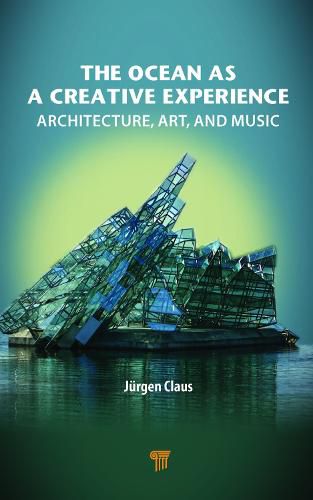Readings Newsletter
Become a Readings Member to make your shopping experience even easier.
Sign in or sign up for free!
You’re not far away from qualifying for FREE standard shipping within Australia
You’ve qualified for FREE standard shipping within Australia
The cart is loading…






This book by artist, diver, and editor-in-chief of an underwater magazine Juergen Claus is a milestone among the books dedicated to the planet sea. It is a knowledge-rich overview, created from facts and experiences, of three main themes that have never been described in context. Marine architectures from both the Pacific and Atlantic regions have now moved from vision to reality. Whether it is a sail-shaped architecture in Noumea or a whale-shaped one in the Arctic region. Special attention is paid by Prof. Claus to post-disaster architecture. The book will encourage young readers to design metabolic buildings themselves.
That the seascape has also become a fluid studio for visual artists may come as a surprise. The works of art, some of which the author has experienced first-hand, have intertwined with an ecological, sustainable way of working. And this is also true to a special degree for the sound artists. They realize their sonic worlds with recordings from the sounding world underwater, a concert hall of hitherto unknown dimensions. The author's experience as a professor of media art with students flows into the description of multimedia or media-related ocean installations. Here the book becomes a stimulus for realizing one's own experiences.
$9.00 standard shipping within Australia
FREE standard shipping within Australia for orders over $100.00
Express & International shipping calculated at checkout
This book by artist, diver, and editor-in-chief of an underwater magazine Juergen Claus is a milestone among the books dedicated to the planet sea. It is a knowledge-rich overview, created from facts and experiences, of three main themes that have never been described in context. Marine architectures from both the Pacific and Atlantic regions have now moved from vision to reality. Whether it is a sail-shaped architecture in Noumea or a whale-shaped one in the Arctic region. Special attention is paid by Prof. Claus to post-disaster architecture. The book will encourage young readers to design metabolic buildings themselves.
That the seascape has also become a fluid studio for visual artists may come as a surprise. The works of art, some of which the author has experienced first-hand, have intertwined with an ecological, sustainable way of working. And this is also true to a special degree for the sound artists. They realize their sonic worlds with recordings from the sounding world underwater, a concert hall of hitherto unknown dimensions. The author's experience as a professor of media art with students flows into the description of multimedia or media-related ocean installations. Here the book becomes a stimulus for realizing one's own experiences.